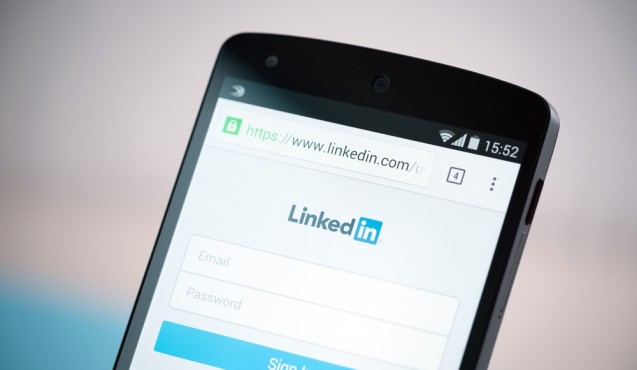Is Twitter DM the new InMail?
Twitter recently announced 
Twitter as the New Recruiter?
Removing the character limit from DMs is just one of many steps Twitter has taken along its journey to becoming a robust recruitment channel. Earlier this year, the company announced that users could now opt in to receive DMs from anyone, even if they’re not following the other user. Between that and removing the character limit, Twitter’s messaging system is now arguably even more effective than Facebook’s, which is still held back by that messaging black hole known as the “other” folder.
Thanks to these changes, Twitter is as powerful a tool for private communication as it is for public speaking.
Twitter is a better social recruiting channel than it’s ever been. Recruiters can finally “cold call” candidates they’re interested in directly on Twitter, instead of following a link to email them and crossing their fingers the candidate is engaged enough to respond.
The DM service is free for anyone to use, and there’s no limit to the messages users can send. Recruiters can send out as many solicitations as they like to users who’ve opted to receive DMs (as any engaged job seeker should). Job seekers, in turn, can easily respond to the recruiters who reach out to them. This means no hopping between platforms — and it may even eliminate the need for email entirely in some cases.
InMail’s Diminishing Relevance
Contrast the growth of Twitter as a recruiting platform with that of LinkedIn, whose InMail platform could use a lot of improvements. This year, the company expanded the usefulness of its InMail feature by doubling the number of InMails premium users can send each month. This is a concession to employers’ growing demands for better ways to initiate conversations with candidates on the network – the whole reason Linked
Even though it has made more InMails available, LinkedIn is still creating a limit that doesn’t exist on Twitter. And unlike Twitter, you have to be a paying LinkedIn user for the privilege of sending these messages in the first place. LinkedIn makes its money through contacts between employers and candidates, but employers don’t have to put up with those restrictions – not when information wants to be free. If your product is limited, and you haven’t figured out how to monetize it so that your customers feel they’re getting their money’s worth, they’ll go somewhere else.
Right now, it looks like that place is Twitter.
It Starts With a Single Step
I’m not delusional. Idon’t think this is the year LinkedIn crashes and Twitter becomes the go-to recruiting network. After all, last year Twitter use among recruiters was actually down – but that predates the implementation of these sweeping changes to the platform. While we won’t be able to measure the new DM’s impact for a while, the fact that Twitter made this change in the first place is evidence that the company is aggressively pursuing new avenues for growth.
While Twitter may not be a big threat now, there’s little doubt that DMs will take some of InMail’s mindshare with recruiters. If LinkedIn isn’t careful, Twitter’s new DMs could be the first major blow in a longer assault on LinkedIn’s relevance in the market.

